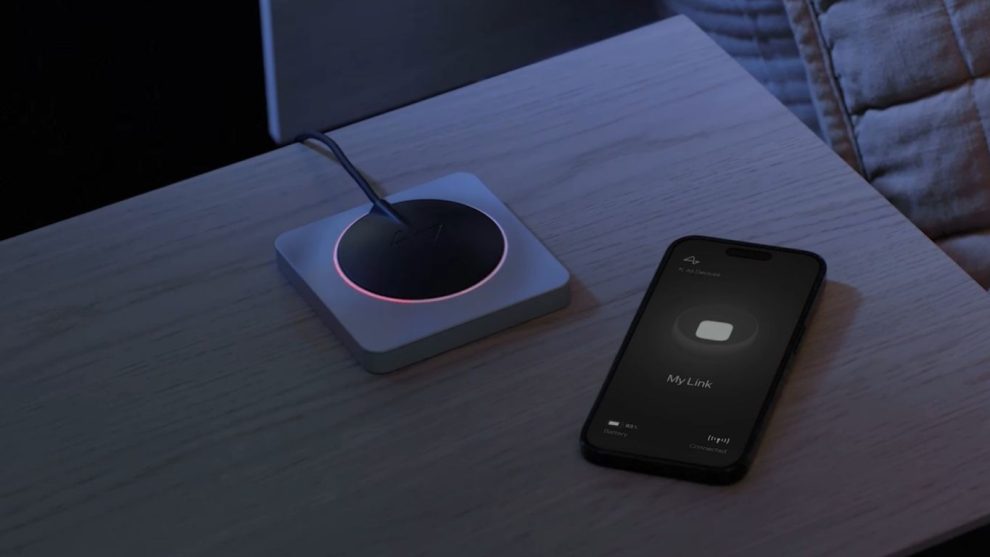Elon Musk’s Neuralink has made a significant breakthrough in medical technology by implanting a brain chip in a human for the first time. This milestone marks the beginning of human trials for the ambitious project that aims to merge the human brain with artificial intelligence.
The first human trial subject, whose identity remains undisclosed, is reported to be recovering well after the implantation surgery. Musk, the CEO of Neuralink, shared this update on his Twitter/X account, expressing optimism about the initial results and the potential of this technology.
The first human received an implant from @Neuralink yesterday and is recovering well.
Initial results show promising neuron spike detection.
— Elon Musk (@elonmusk) January 29, 2024
Neuralink’s focus is on individuals with disabilities, specifically targeting U.S. residents over 18 years old suffering from conditions like quadriplegia, paraplegia, vision and hearing loss, inability to speak, or major limb amputation. The first trial particularly sought volunteers with quadriplegia caused by cervical spinal cord injury or those with amyotrophic lateral sclerosis (ALS).
Musk envisions a future where this technology enables telepathic control of phones, computers, and almost any device, merely through thought. He imagines a world where individuals with severe disabilities, like the late Stephen Hawking, could communicate faster than a speed typist, drastically improving their quality of life.
Enables control of your phone or computer, and through them almost any device, just by thinking.
Initial users will be those who have lost the use of their limbs.
Imagine if Stephen Hawking could communicate faster than a speed typist or auctioneer. That is the goal.
— Elon Musk (@elonmusk) January 30, 2024
Neuralink’s PRIME Study, unveiled last September, focuses on evaluating the safety of its N1 brain implant and the R1 surgical robot designed for its implantation. The N1 implant, which is cosmetically invisible once placed, aims to record and transmit brain signals wirelessly to an app that decodes movement intention. The initial goal is to allow people to control computer cursors or keyboards using only their thoughts.
This development in brain-computer interface technology marks a significant step forward in the field of neurotechnology, potentially opening new doors for how humans interact with technology and offering hope for those with severe disabilities. As Neuralink continues its trials and research, the world eagerly watches for the transformative impact this technology could have on the future of human communication and interaction with the digital world.



